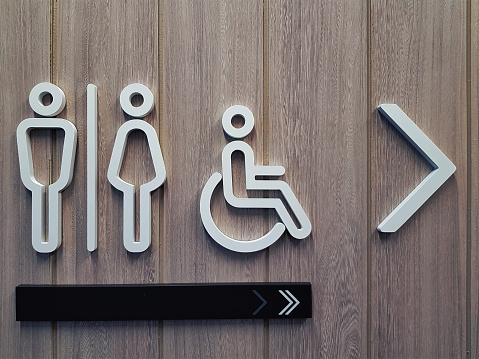If you need disability bathroom installation work, you are likely to consider various facilities, including the bath, shower and toilet.
The last of these may be more about function than glamour, but it is also a particularly practical consideration in a world where using such a facility can make a welcome change from trying to cope with what is – or is not – on offer in public places.
Anyone needing the loo when away from their home may seek to use facilities provided by shops, restaurants and shopping centres, but there are also dedicated public facilities. However, the Great British Toilet Map, produced by QS Supplies, has indicated that for the disabled, these can be few and far between.
By applying the ‘accessible’ filter when studying the map, a lot of the toilets marked disappear. While central London does not fare too badly, some areas perform particularly poorly.
For example, as Radar notes, the city of Birmingham, the largest UK local authority by population at over 1.1 million, has 93 public toilets, but only 19 are accessible. Across the West Midlands region as a whole, a population of six million has 807 public toilets, but only 185 are accessible.
This makes the region the worst for accessibility at 22.9 per cent of public toilets, with the south east faring best at 45.6 per cent.
Some individual places are served exceptionally badly. The Doncaster Free Press lamented that out of the 16 public toilets in the South Yorkshire town, just one was accessible. This contrasts with the better position for the Yorkshire and Humber region as a whole, with 265 out of 688 (38.5 per cent) being accessible.
With such challenges faced by the disabled in many towns and cities, having an accessible loo in a custom-designed bathroom will come as a considerable relief.

